
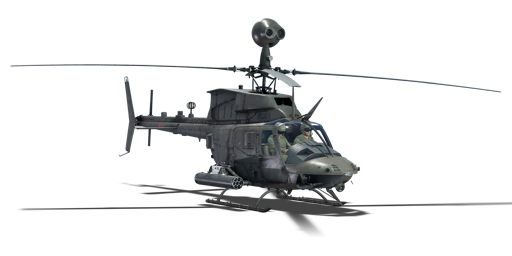


Development of the Bell OH-58 Kiowa began in the early 1960s as part of a US Army competition for a light reconnaissance helicopter. The first prototypes, designated YOH-4, were ready by 1961, but initially lost against the Hughes OH-6 "Cayuse". However, in 1967 the competition was renewed, and Bell entered again with a significantly improved model, the already commercially successful Bell 206A. This time Bell won the contest, and its helicopter was adopted by the army under the designation OH-58.
In 1983, the OH-58D Kiowa Warrior modification made its first flight. It featured an upgraded powerplant and transmission, a four-bladed rotor instead of a two-bladed one, an updated cockpit, and the characteristic mast-mounted sight above the main rotor. OH-58D helicopters were used by the US Army during the wars in Iraq and Afghanistan among other conflicts. Production of this version of the helicopter continued until 2000, and by 2020 the last OH-58Ds were retired from service with the US Army.
The OH-58D was introduced in Update "Sons of Attila". Besides its compact size and good performance specifications, the "Kiowa Warrior" can carry a substantial amount of weaponry: from standard rocket pods to Hellfire II missiles and a rapid-firing 30 mm LR30 grenade launcher. Moreover, it has decent chances of survival in air combat, thanks to its small size, access to countermeasures and RWR, and Stinger AAMs. However, it lacks any armour protection, making constant vigilance and good piloting skills vital for survival against aggressors.
| Name | Weight | Slot | ||||||
|---|---|---|---|---|---|---|---|---|
| 7 × | 101.1 kg |  |  | |||||
| 7 × | 144.6 kg | 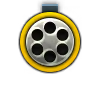 |  | |||||
| 7 × | 160.5 kg | 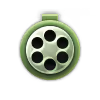 |  | |||||
| 2 × | 128.3 kg | 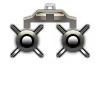 |  | |||||
| 2 × | 20.2 kg |  |  | |||||
| 126.8 kg | 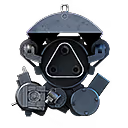 | |||||||
| 126.9 kg | 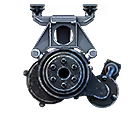 | |||||||
| 140.6 kg |  | |||||||












Flight performance | |
|---|---|
Survivability |
|---|
Weaponry | ||
|---|---|---|